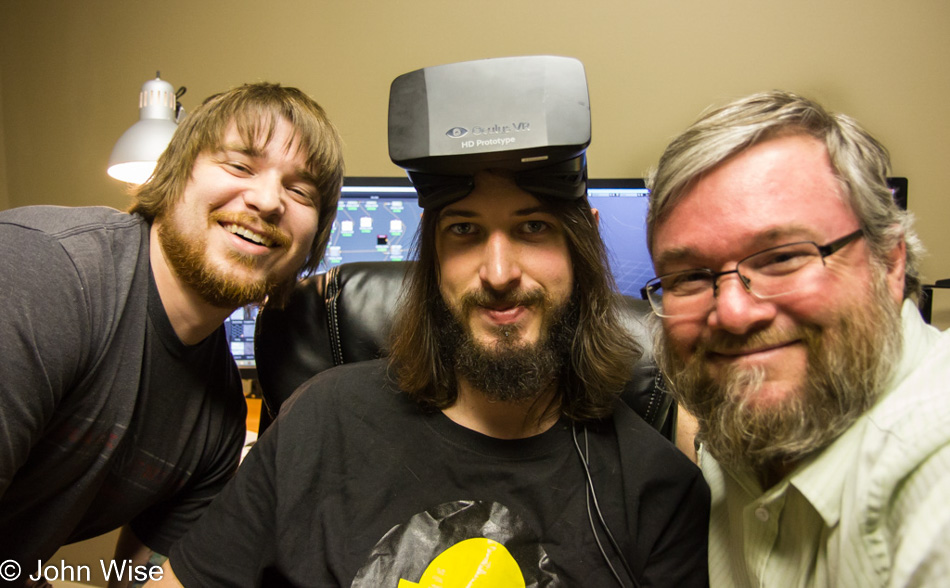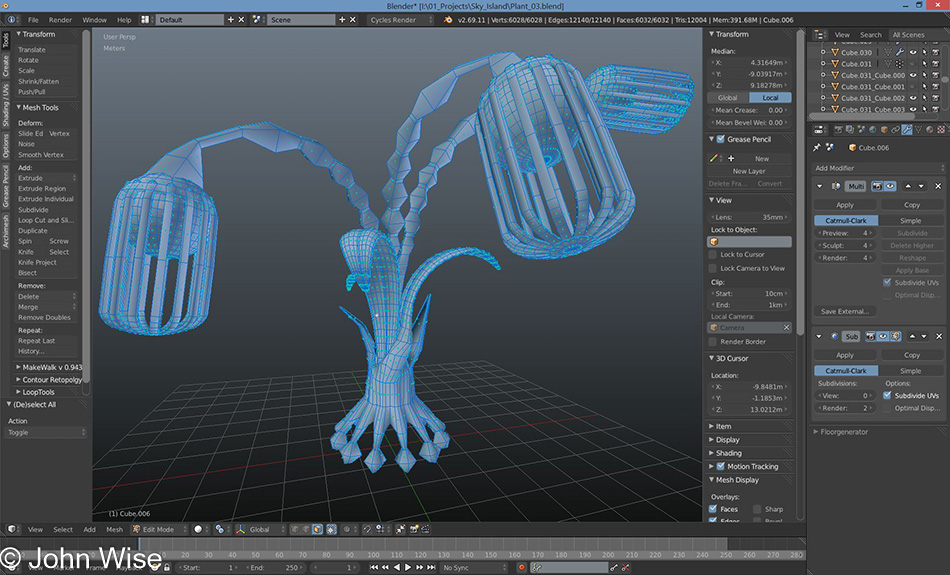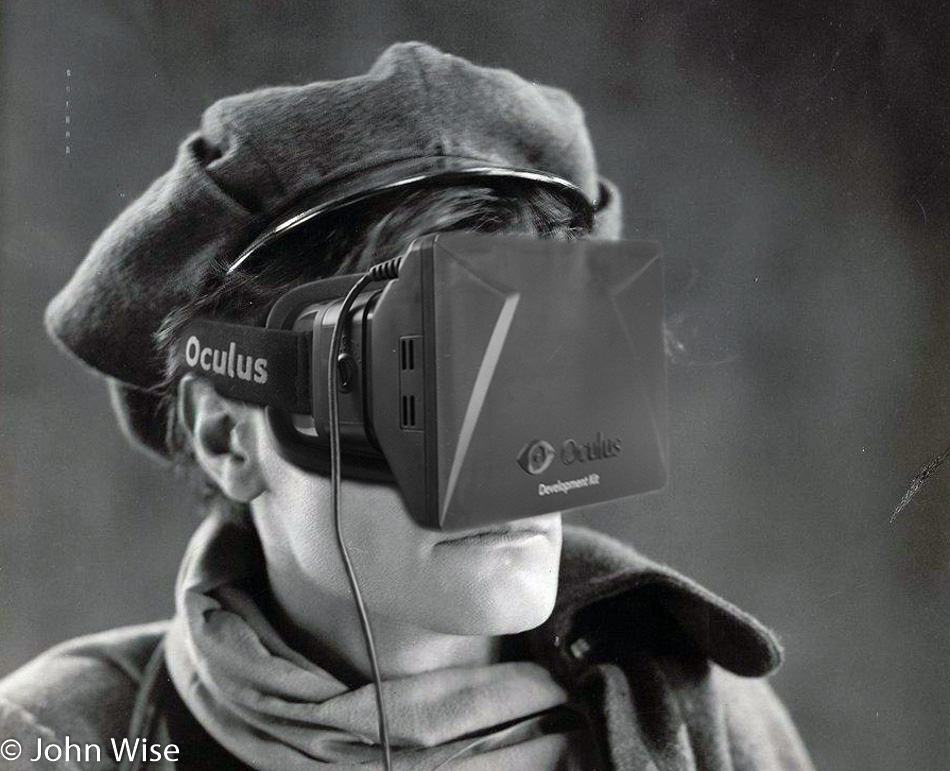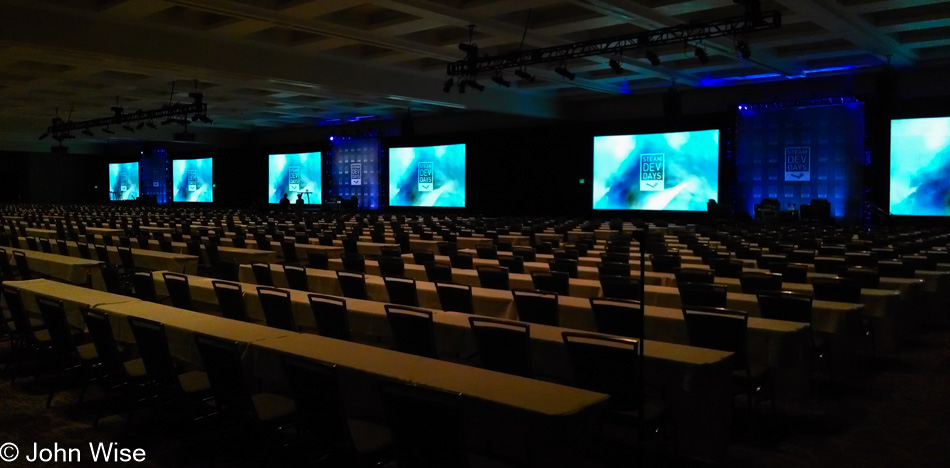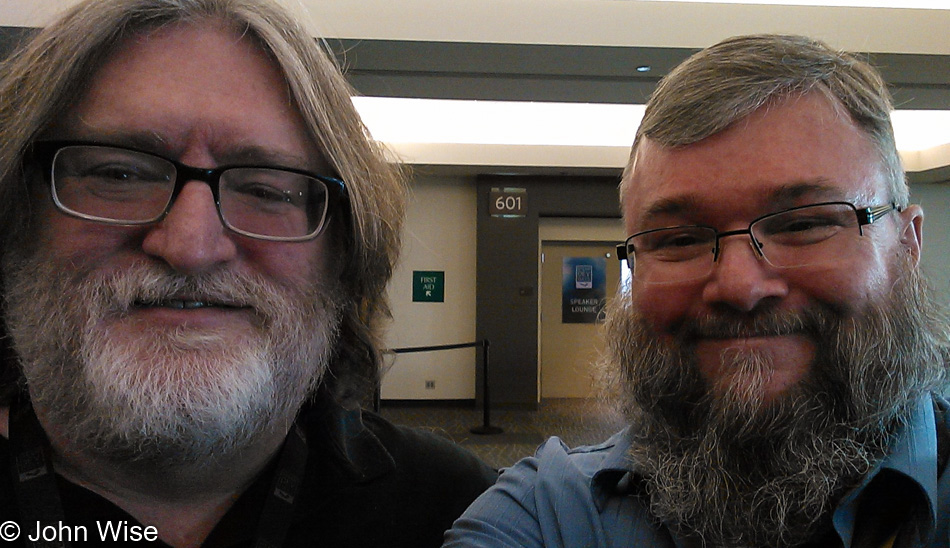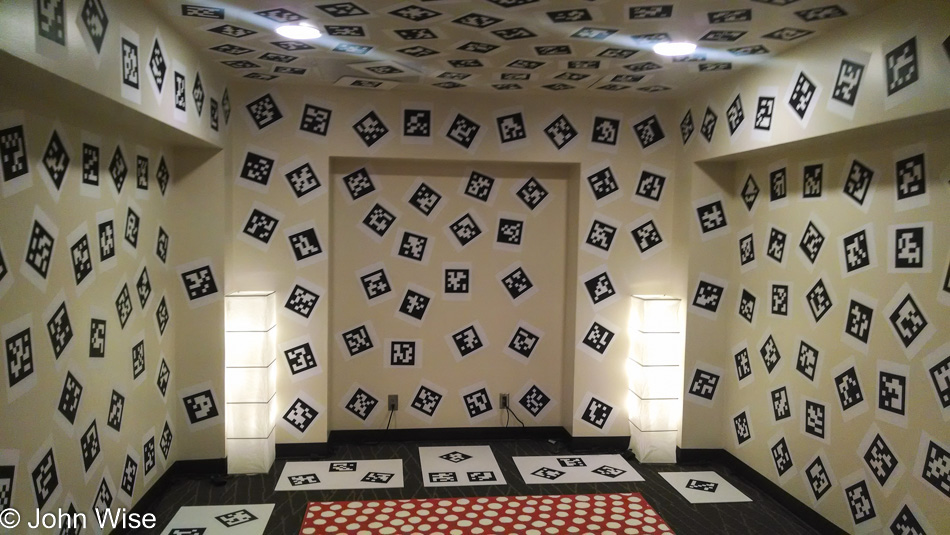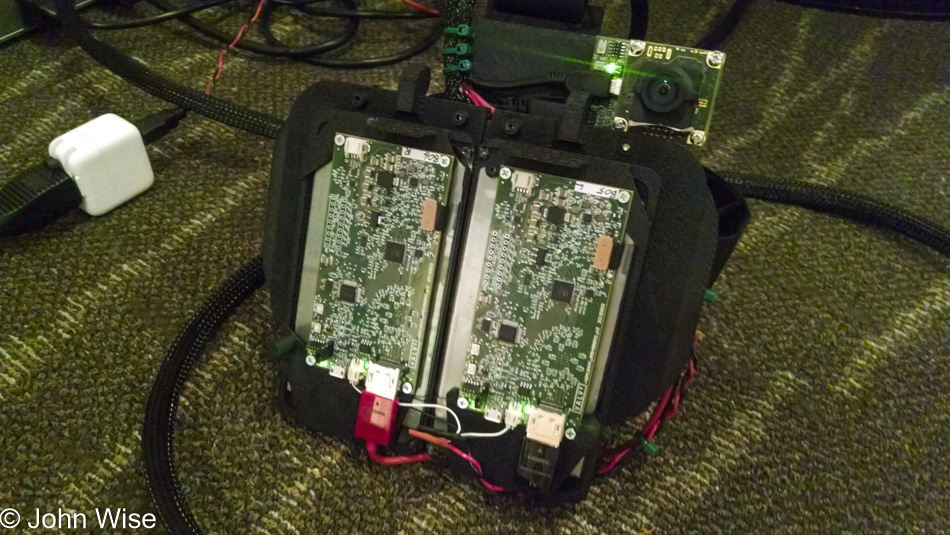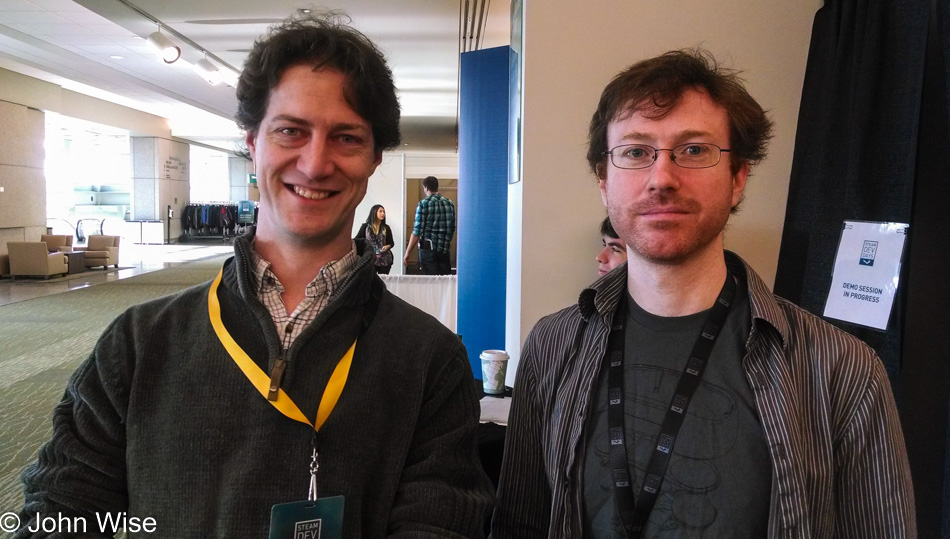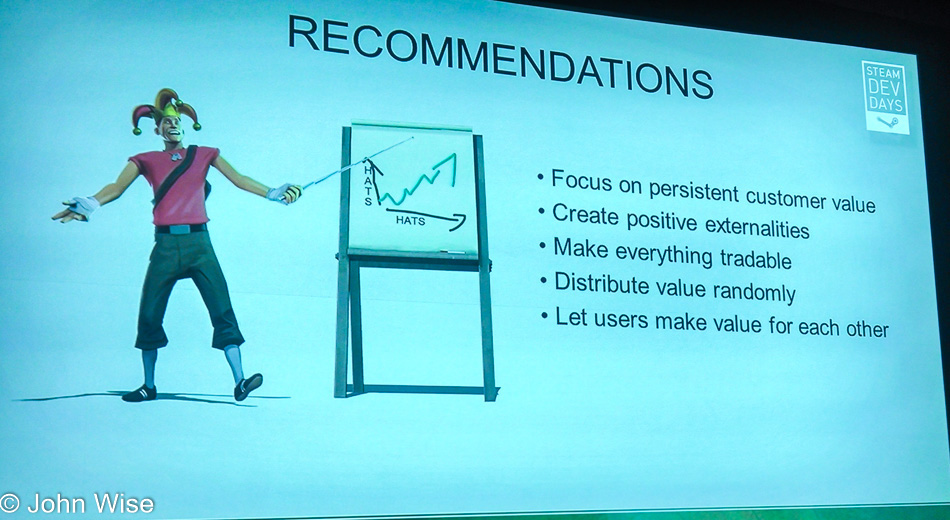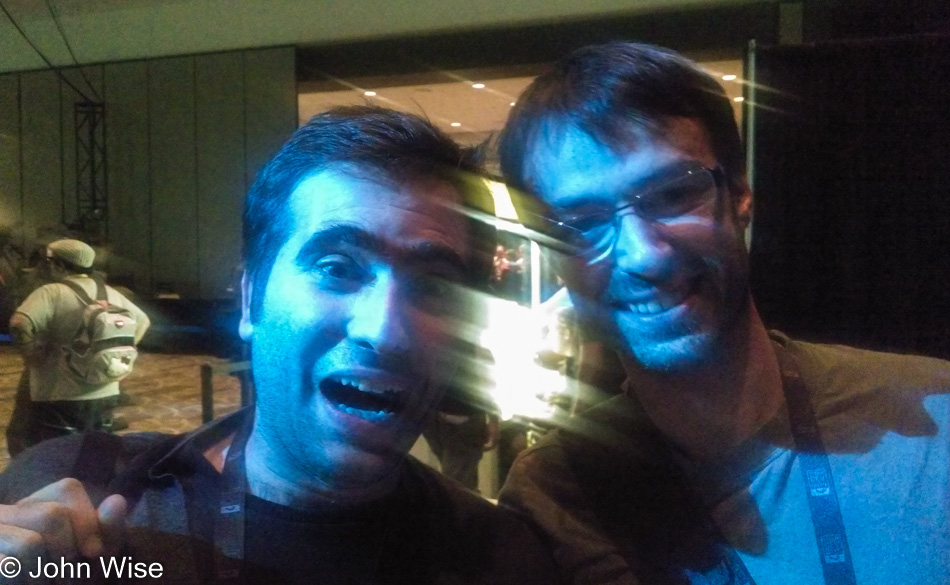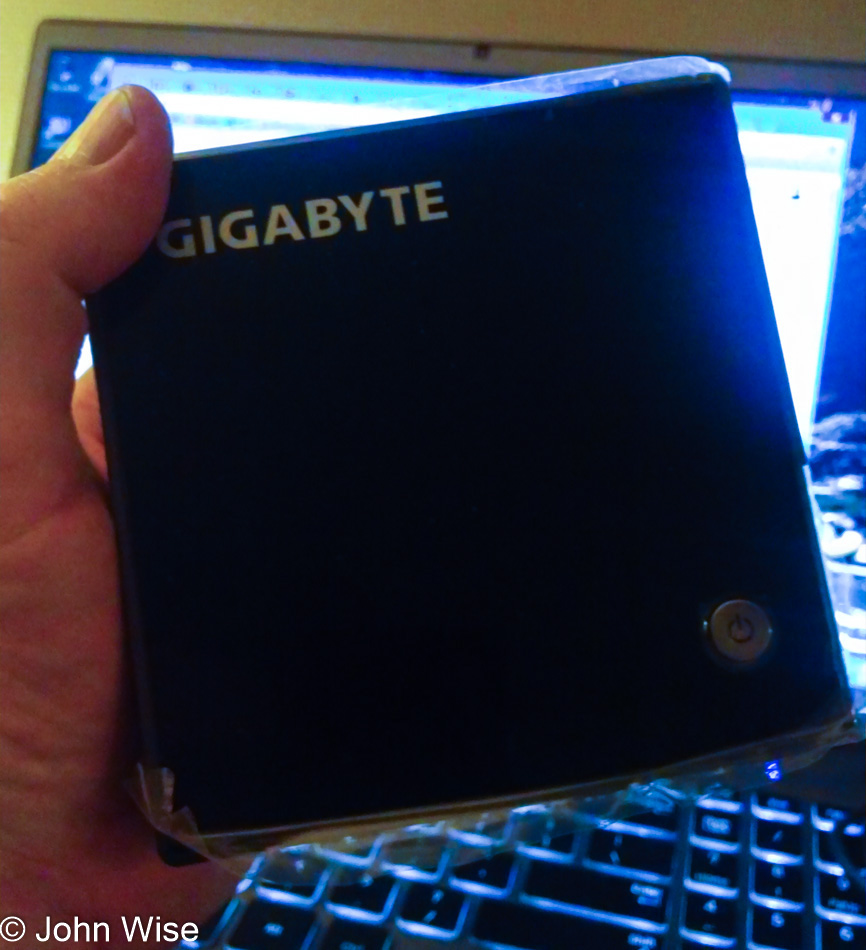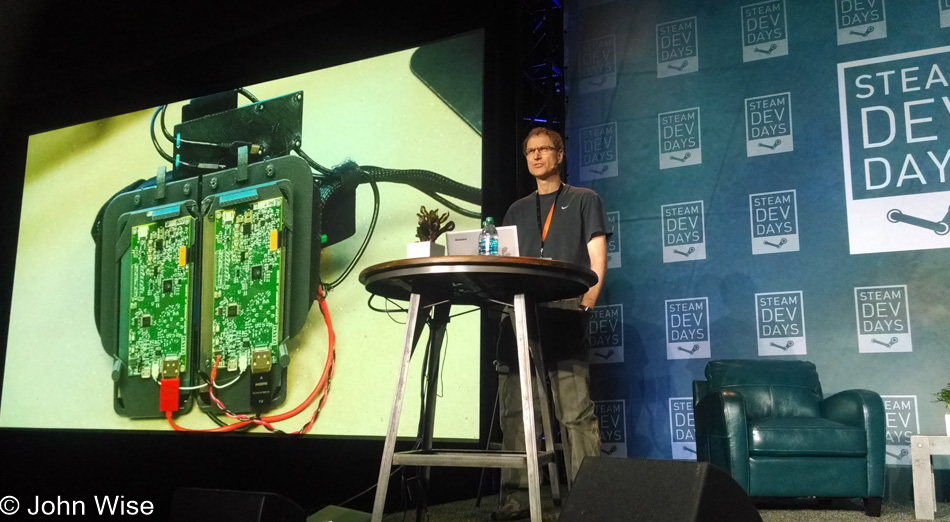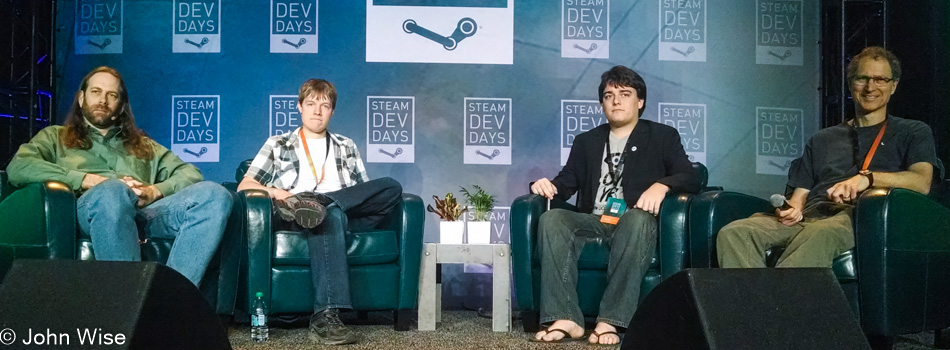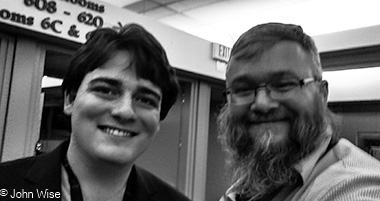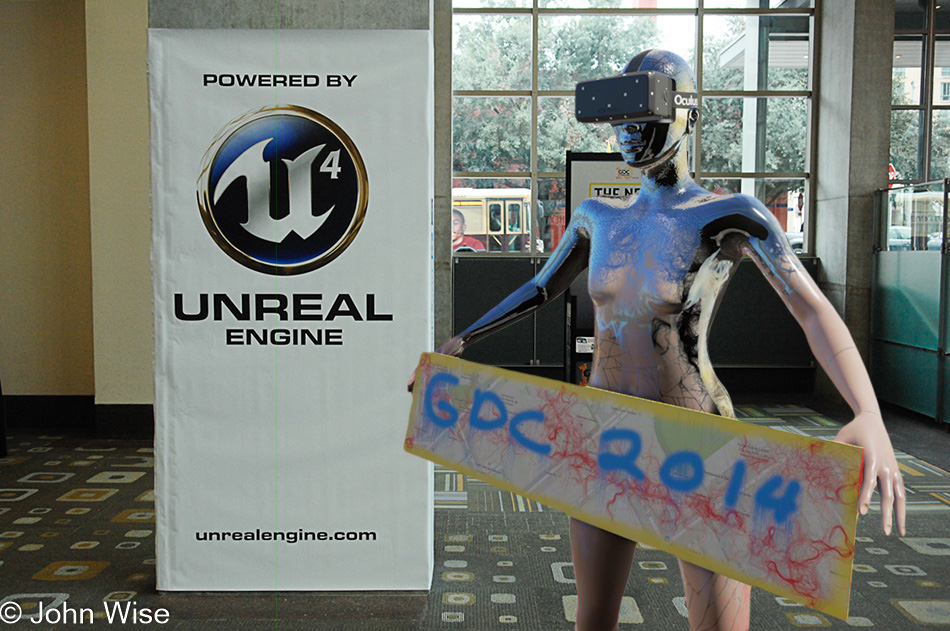
Soon, I will leave for my first Game Developers Conference, better known simply as GDC. It’s held annually in San Francisco, California, which I’ll be road-tripping my way up to on a 1,532-mile (2,482km) adventure. I’m writing this blog entry as a two-part story to get some of the planning details, expectations, and sense of excitement leading into this out of the way. This way, my next post will focus on the event itself.
GDC is the world’s largest and longest-running professionals-only game industry event; their description not mine. How do they know it’s pro’s only? Probably because of the expense to attend, this isn’t cheap. Exposition floor tickets alone are $195 each, while a full pass will cost you between $1,475 and $2,100, depending on when you register. Add transportation, food, and hotels, and soon, a small developer will approach close to $1000 in costs for even a minimal attendance option – per person!
Last summer, I started considering a trip to GDC. Earlier in the year, it had been impossible for us not to see the announcements coming from the conference regarding Oculus and the “Infiltrator” demo showcasing Epic’s Unreal Engine 4 (UE4). So I went over to the GDC site, but prices and options to purchase were not posted yet. Then, in September or October, the information went live, and for a brief moment, I had the opportunity to buy admission to the Independent Games Summit (IGS) for only $695. I also read on the internet that first-time attendees shouldn’t worry about the full conference and summits, that just visiting was enough, even overwhelming. While I progressed in my own development regarding my VR project, I finally returned to the registration page. The IGS passes were sold out, which settled what part of the event I’d be attending. The lesson here is to plan well in advance, better than six months out if you are thinking of going. Read everything you can about other people’s experiences and start saving money.
So, what’s the attraction to someone just getting started in the game industry? This is our Superbowl, our World Cup, it is the Olympics and the Oscars all rolled into one giant geek fest celebrating the developers who are changing how we see and interact with our world. Gaming is not just some teen sitting in isolation killing zombies; it is an evolving phenomenon that alters humanity’s relationship to education, entertainment, social interactions, medicine, work, war, and soon how we travel. The companies that are presenting workshops or have booth space often hold off on making major product announcements leading up to GDC because they know the world is listening during this event. It is in large part these announcements and demonstrations that played a role in my decision to attend.
The first and foremost among those hoped-for announcements will be from Epic or maybe Oculus. When the doors open, I suppose I’ll have to flip a coin to decide whose booth I’ll bolt to first. Both companies are likely to make some major announcements, so large that, in retrospect, this will be one of those defining moments in history that we as a society look back to the events of this week to recognize this was when we first learned the world was changing in such a dramatic fashion.
For about ten years, Epic has been working on its next-generation game authoring engine. There is no guarantee that it is ready yet to make a public appearance, but signs that Epic may be about to unleash this super-charged tool are many. Over the past seven months, Epic has rolled out five videos that have allowed us to see the software and has put on display its User Interface. Their booth space, in comparison to the previous year, is huge. At CES (Consumer Electronics Show) in Vegas, they allowed Nvidia to run a UE4 demo and prepared a special presentation for the guys at Oculus to showcase their Crystal Cove prototype, which Valve was also enthusiastically supporting. With Sony and Avegant breathing down Oculus’s neck in the race to reach the consumer market with VR, it would appear to me that it is in Epic’s own interest as an early supporter of the technology to help push out what could be the premiere VR authoring environment.
Then we have Oculus themselves, who have an amazing amount of floor space reserved at GDC, three separate booths, as a matter of fact, on two floors. Previous statements have said they would be ready with a consumer model when they figure out positional tracking; well, that’s exactly what they were showing in early January at CES. Another 60 days have passed, and I’m certain they have not slowed down on refining how their technology works. If they were to announce Dev Kit 2 (DK2) at GDC, my guess is they would give themselves enough lead time to prepare the units but maybe a bit of extra time to figure into things if they knew certain elements were about to find their way into a DK2 so that they can tempt us with an announcement that new units for developers will ship within a relatively short time after GDC. They are certainly not going to GDC with 3,000 square feet of space to simply show us what we have all already seen. I expect something HUGE!
Next up in importance is yet another encounter with Allegorithmic. Just this past week, they released to the general public a beta version of Substance Painter on the Steam Early Access program operated by Valve. Last month, they sent out invites to those who might be interested in attending a Substance User Group meeting to be held during GDC; I wasted no time on RSVP’ing my answer, which in turn is forcing me to leave a day early. I am looking forward to learning about plans going forward regarding Painter and what they have in mind for how Substance Designer is to be improved upon.
Marmoset will be present, but Toolbag 2.0 was recently released, so I think they’ll be there mostly to meet with their user base to get feedback and let some lucky few know what they have in mind for future versions. Speaking of software on the horizon, Quixel has a booth, and there is no way they are there only to show their current version of nDo2, which is having problems operating with Photoshop CC for a number of users. I’m pretty certain we’ll see a new version of nDo, dDo, and their new Megascan service.
These are just the major areas of interest I’m at GDC for. There’s also Simplygon, Nvidia, Valve, Speedtree, Perforce, the Belgian Trade Commission, and dozens of other vendors we are yet to discover that has me thrilled about the prospect of being on hand for this amazing conference.
Then there are the parties.
Tuesday, after our user group meeting, I’ll head down the street to the NativeX Party. While I’m not a Corona Labs user, I am interested in learning all I can about mobile gaming, and with NativeX cosponsoring the party, I might learn something more about mobile ads. Hey, I’m new to GDC and can’t turn away from any opportunity to learn and be entertained.
Come Wednesday night I have two parties to attend; first up, I’ll head to the Novela Bar for a party sponsored by Kontagent+PlayHaven and VentureBeat. I’m starting to see a theme here that after we’ve hung out all day with the developers of the tools we work with, the guys who handle the all-important “after-the-game-has-been-released” job are there to talk to us. From here, I’ll walk over to AT&T Park – home of the San Francisco Giants, for a giant party hosted by YetiZen. A couple of live acts will be performing, tournament video gaming will run all night, and people on the VIP list will be able to test drive a new Ferrari.
Thursday following GDC, an event is taking place at Swissexsf titled “Spatial Storytelling: Augmented and Virtual Realities,” where we are promised an evening of immersive games and installations incorporating virtual and augmented reality. Some of the participants are Disney, Stanford Virtual Human Interaction Lab, OuterBody Labs, Apelab, and BandFuse. Sadly, the festivities are planned to stop at 10:00 p.m.
Finally, on Friday, the last day of the conference is a party hosted by 8bitSF and Pow Pow Pow called Band Saga LIVE. It will be over at the DNA Lounge with a bunch of bands, including Metroid Metal and An0va performing. I’m still waiting to see if Kiip responds to my RSVP to attend their party on Wednesday night. This will be tight as I’m sure that a “Things wrapped in bacon” party is going to be a popular one. And it seems the most difficult party to get into is Notch’s .party( ). Last year, this inventor of Minecraft had Skrillex play his party; this year, Nero, Kill The Noise, and Feed Me are scheduled to perform. The event seems to have filled minutes after it was made available. There’s always next year.
